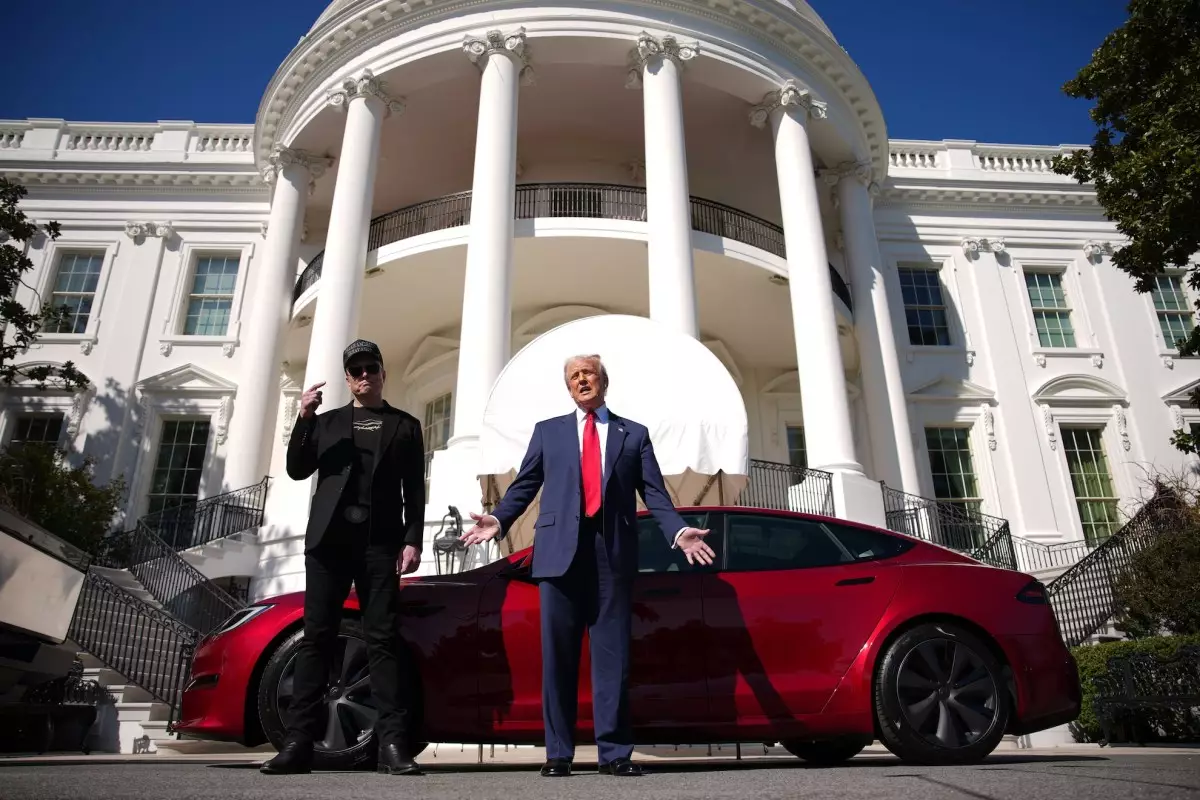In an era marked by escalating challenges and a rapidly changing landscape, one might assume that investment in artificial intelligence (AI) would become increasingly fragmented, especially as political conditions fluctuate. Yet, contrary to this expectation, North America continues to dominate the AI venture capital arena, drawing substantial funding even amidst ongoing hostilities towards research and development. Recent reports from PitchBook reveal that during a four-month stretch from February to May, venture capitalists funneled an astounding $69.7 billion into over 1,500 North American AI startups. By contrast, European firms lagged significantly, gathering just $6.4 billion across fewer deals, while Asia-based ventures attracted a mere $3 billion. This stark disparity begs the question: what drives this unwavering confidence of investors towards North America, especially against a backdrop of turbulent political policies?
The Reality of Political Climate and Investment
Under the Trump administration, the funding landscape for AI R&D has undergone significant metamorphoses. Scientific grants have faced severe reductions, foreign academic pursuit in the U.S. has become laden with obstacles, and institutional support through government channels has weakened. This climate could easily sow doubt among investors and innovators alike. Despite these challenges, broader economic trends indicate that the U.S. remains a fertile ground for AI ventures. Investors seem to continue viewing American innovation as a pathway to the greatest returns, underscoring a paradox: while the political environment may grow more chaotic, the allure of innovation and potential profit persists unabated.
The trade policies implemented during this time have further complicated the venture landscape, creating an unexpectedly chaotic marketplace for high-stakes AI enterprises. Additionally, notable criticisms from prominent figures like Geoffrey Hinton, who has voiced concerns about the damaging influence of figures like Elon Musk on scientific institutions, highlight a deepening discontent among AI professionals. Despite calls for accountability, these critiques have yet to significantly deter investment in U.S.-based AI startups.
The European Promise That Fell Flat
Europe’s aspirations for becoming a global leader in AI have not translated effectively into venture capital success, even with efforts to aggregate hundreds of billions of euros for sectoral development. Promising startups exist within the EU landscape—shown by the emergence of firms like Mistral and Aleph Alpha—but the anticipated surge in investment has yet to materialize. This raises questions about the effectiveness of European initiatives in attracting capital, especially considering the uncertainty surrounding U.S. policies that could act as a catalyst for investment reallocation.
Investors are often driven by perceived opportunities and reliable environments; the reality of European AI funding doesn’t currently present itself as a viable alternative to the steadfast North American market. One has to wonder if these factors contribute to the unexpected stagnation of venture capital growth in Europe, where the political landscape, rife with regulation and bureaucratic hurdles, may be dissuading potential investors.
The Asia Predicament: Hurdles Beyond Innovation
Similar trends are visible in the Asian continent, where high-profile startups like DeepSeek and Butterfly Effect have gained traction. Yet, venture funding remains relatively sparse compared to North America. A crucial factor is the broader geopolitical climate, particularly export controls limiting access to essential AI components, such as advanced chips. This kind of regulation stymies startups and casts a shadow of uncertainty over potential investor interest in the region.
As the landscape of AI investment continues to evolve, it’s apparent that while innovation in Asia is promising, obstacles remain formidable enough to keep venture capitalists hesitant to fully commit. The focus remains squarely on North America, where the lure of eventual high returns continues to resonate deeply despite the noise of political upheaval.
North America’s Unassailable Lead
The statistics illustrate a compelling narrative: 75.6% of all VC funding in 2024 was allocated to North American startups, a figure which has climbed to an astounding 86.2% in 2025. Investors, while tired of inconsistent political maneuvers, seem resolved to maintain their belief in the magic of U.S. innovation. This scenario presents an intriguing outlook: despite mounting pressure from various fronts, North America remains the sanctuary for AI investments, at least for the foreseeable future.
This trajectory prompts reflection on whether the devotion to investment in North American ventures stems from short-term speculation or a deeper faith in long-term innovation. Investors seem willing to overlook administrative unpredictability in favor of a thriving ecosystem that continues to push the boundaries of what AI can achieve, suggesting that any forces attempting to undermine this position will face an uphill battle.

